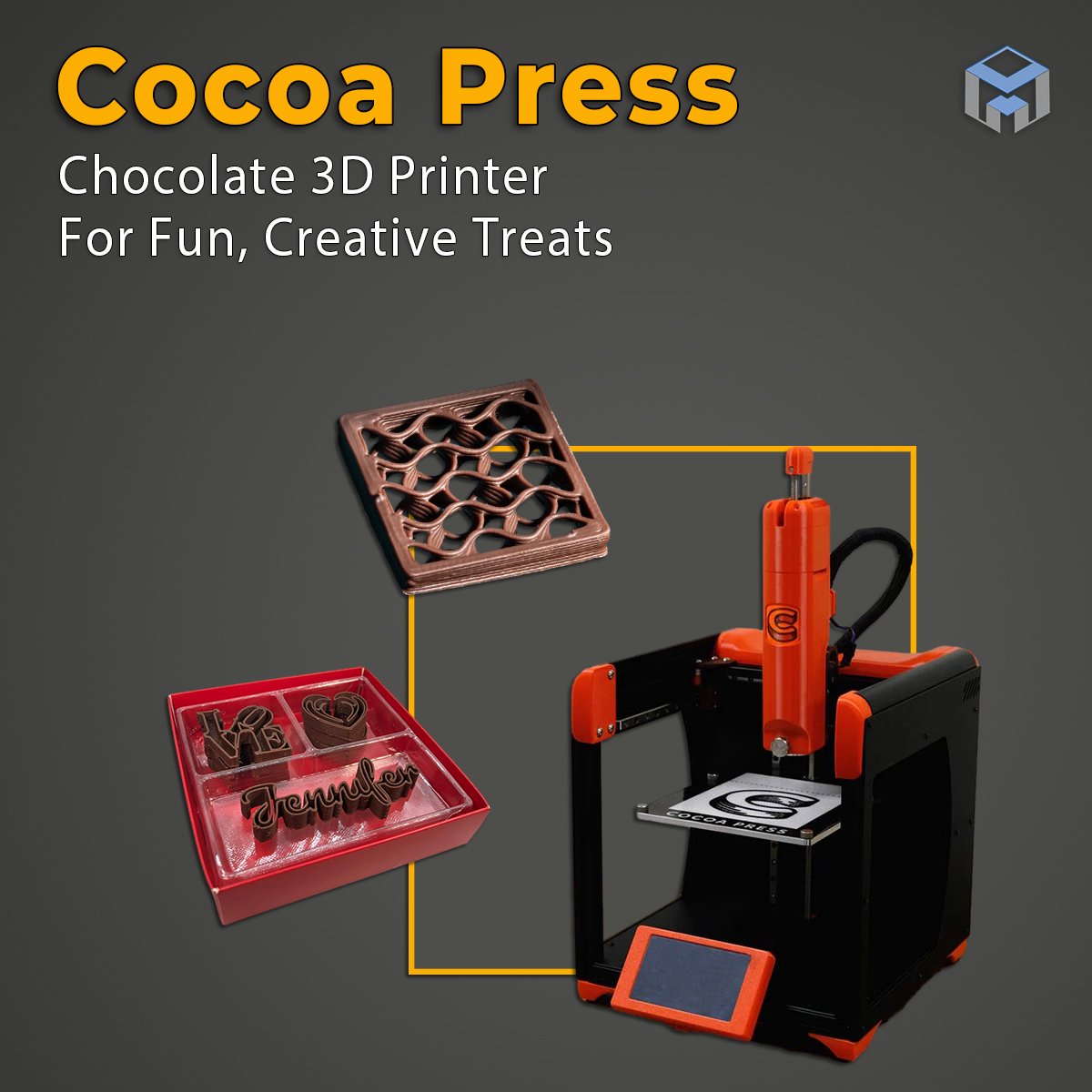3D Printing - Cost Calculator
Welcome to our comprehensive 3D Printing Cost Calculator, a user-friendly tool designed to help you accurately estimate the costs involved in your 3D printing projects. Whether you're a hobbyist, a small business owner, or a professional in the 3D printing industry, this calculator is tailored to provide you with a clear breakdown of your printing expenses.
3D Printing Cost Calculator
How To Use The Calculator
1. Material Cost Calculation
Begin by entering the cost and weight of your filament roll or, if you're using resin, the cost and amount of resin. This section calculates the expense based on the weight of your print part. Simply input the cost of filament or resin and its weight, and then add the weight of the part you are printing.
You can only input either filament cost and weight or resin cost and weight, you are not able to input both.
2. Printing Cost Calculation
If you want to incorporate a printing cost into the total cost of your part, you can do that here. Input the printing time and how much you want to charge per hour. If you have already input the printing time in the Power Cost section, it will be displayed here. These 2 input boxes share the same value.
Typically, this cost covers basic maintenance and depreciation of your 3D printer. A common price is anywhere between $.25/$1.00 per hour.
3. Power Cost Calculation
To estimate the cost of electricity used during printing, fill in your printer's power consumption (in Watts), the total print time (in minutes), and the cost of electricity per kWh. This section will give you an insight into the energy costs associated with your printing process.
To be able to accurately calculate this, you’ll need a device like this power plug monitor. You are also able to program in the kWh price and it can tell you the cost as well.
You may also want to factor in the power used during heat-up which will be your printer’s peak power usage. You can also account for this cost by using the Markup section.
4. Additional Costs
This section is designed to account for any extra expenses. Enter the time spent on post-processing, design, and any additional parts or materials used. Don't forget to include the hourly rates for post-processing and design to get a comprehensive view of all additional costs.
5. Markup for Profit
The Markup section is crucial for businesses. It allows you to apply a multiplier to the sum of your costs, ensuring you cover not just the expenses but also make a profit. The default value is set at 1.0, and you can adjust it in increments of 0.1 using the up and down arrows. This multiplier will be applied to the total of your material, power, and additional costs to give you the final selling price.
6. Total Cost
The "Total Cost" section dynamically updates to reflect the cumulative sum of all individual sections — Material Cost, Power Cost, Additional Costs, and Printing Cost — as you input your data. This real-time calculation ensures that you always have an up-to-date total. Once all costs are tallied, the total is then multiplied by the Markup Multiplier you've set. This final figure not only covers your expenses but also includes your desired profit margin, offering a complete and accurate estimate for your 3D printing project.
Perfect for Planning and Quoting
Whether you're planning your next personal project or preparing a quote for a customer, this calculator ensures that you have all the financial information you need at your fingertips. It helps in transparently breaking down the costs, making it easier to explain and justify the final price of your 3D-printed products.
If there are any changes that you think I should make to the calculator or anything that I should add to it, leave me a comment below and let me know. I’m also looking to expand and perfect these tools.
Trending Articles
Latest Articles





















Explore our 3D Printing Cost Calculator to effortlessly estimate your project costs. This tool helps you calculate material, power, and additional expenses, ensuring accurate pricing for every print.